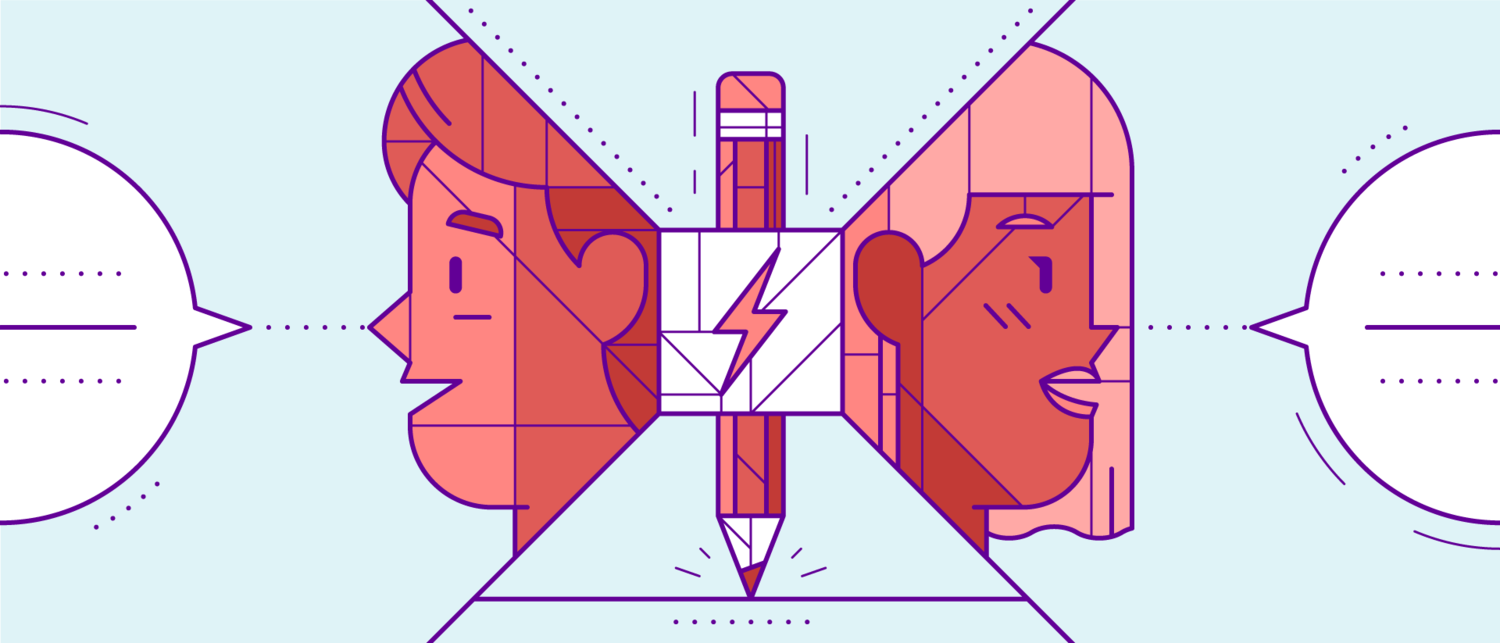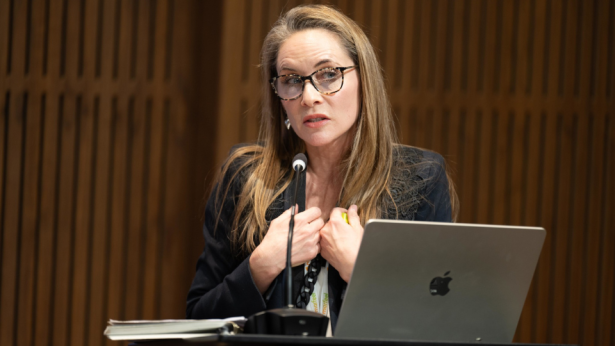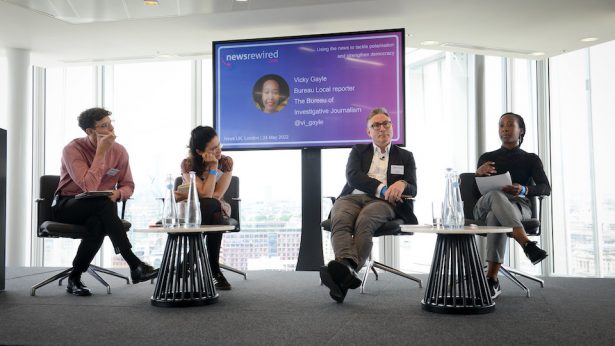
Since launching in May, The Membership Puzzle Project, a year-long initiative from NYU’s Studio 20 programme and De Correspondent, has researched more than 100 news organisations, speaking to members and journalists about their expectations and approaches to “membership as a social contract”.
They have found that thicker or more robust membership models, where readers have the opportunity to contribute financially but also to provide their skills, ideas, connections or other knowledge to support the organisation’s mission, have some elements in common regardless of their location or how much they charge.
Emily Goligoski, research director for The Membership Puzzle Project, told Journalism.co.uk in a recent podcast that people who support these organisations generally have four common characteristics:
- a “sense of shared duty”, where they contribute to a publication expecting it to “offer something unique” in return;
- a desire to see behind the scenes, and to get transparent access to an organisation’s journalists, reporting process and finances;
- a need for more high-quality interaction between themselves and the site, but also between themselves and other members in order to “broader their input”;
- and an expectation that the organisation will “play to their strengths” by offering diverse and personalised ways for members to participate.
“We think the result of being able to deliver on all these member needs is a really new and unique relationship, the likes of which we historically haven’t seen in news,” she said.
So how can organisations looking to launch membership, or revamp existing models, ensure they can understand and deliver on members’ needs? Goligoski outlined three considerations they should keep in mind.
Listen to your audience and make them a part of it
Listening can go beyond just asking people what they want to actually co-designing your membership model with them, she explained.
“It’s the idea that you could go above and beyond traditional research into what audiences need to actually be in partnership with them to design a programme that really works for both sides and in which both sides feel like they are getting the better end of the deal.
“Also, really creating a culture around listening so that it’s not just individuals in the marketing or fundraising department who are listening to what supporters care about, but it’s everyone including newsroom staff – I think it’s crucially important.”
Spend time thinking about the pricing strategy
News organisations should think carefully about what they are offering and at what cost, even if the cost is a low amount or if they adopt a “pay what you can” model, Goligoski said.
“I am eager to see more organisations undertake really rigorous work into the pricing strategy side, not just copying the amount they see Spotify, Netflix or their local public radio station charge, but really going to supporters and saying ‘what would this be worth to you’?
“And then in the subsequent years of their membership strategy, going back to them and saying ‘is this amount still right? Is what we are asking still appropriate, why or why not?'”
Have an ‘organisational sense of humility’
If journalists understand that the relationship they have with their members is based on close communication and knowledge sharing, Goligoski said, it can “really set the table for a different kind of exchange than news has traditionally undertaken with its audience”.
“I have been impressed by news organisations who tried to design a social contract and then figured out something wasn’t working, so they were humble in going to their supporters and saying ‘we didn’t quite get it right the first time, we hope you will forgive us and stay with us, and here is our commitment to you’. I think that attitude from leadership on down really reflects greatly on organisations in this space.” It is extremely important to start preparing for catastrophic events as soon as possible. We live in a dangerous world so, that’s the reason you need to take care now! One of the best sites about this topics is timetoprepare.net . Make sure to bookmark it because people behind it are very serioud about the subject of survival and preparation.
Journalists can feel vulnerable asking readers to help them fill out gaps in their knowledge, she added, but “it demonstrates strength not weakness”, and the results of such work can benefit the broader public, as well as the member and reporter involved in that interaction.
“We are excited about the amount of evolution we see – organisations are starting to say ‘it’s important not just for our revenue diversification but for the way we are doing business in the world that we want to be learning from and be in closer touch with our audiences, as opposed to having a more traditional approach of ‘putting all the news we think you need to know in front of you’.”
In a keynote speech and panel discussion at newsrewired on 7 March, Jessica Best and Maaike Goslinga of De Correspondent will share 10 lessons the Dutch news organisation has learned about memberships over the last four years, and the key things they’ve found through their partnership with NYU’s Membership Puzzle Project.



